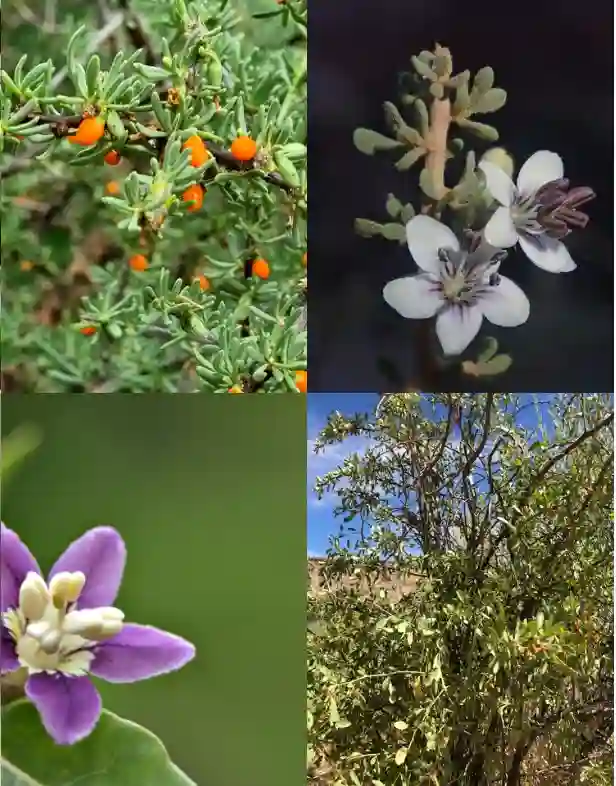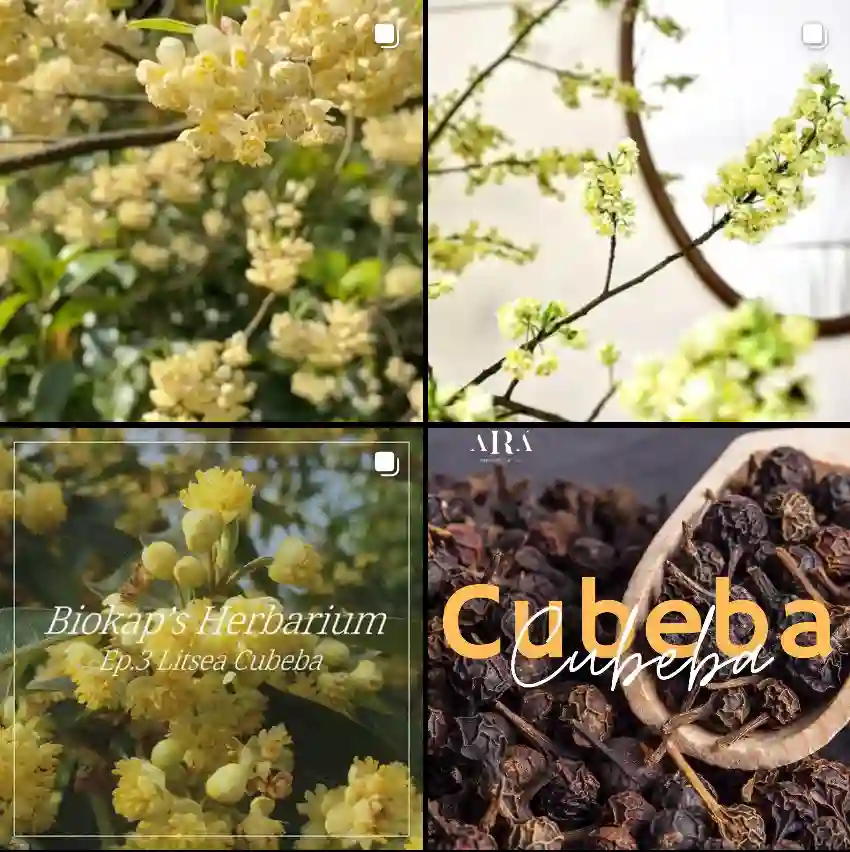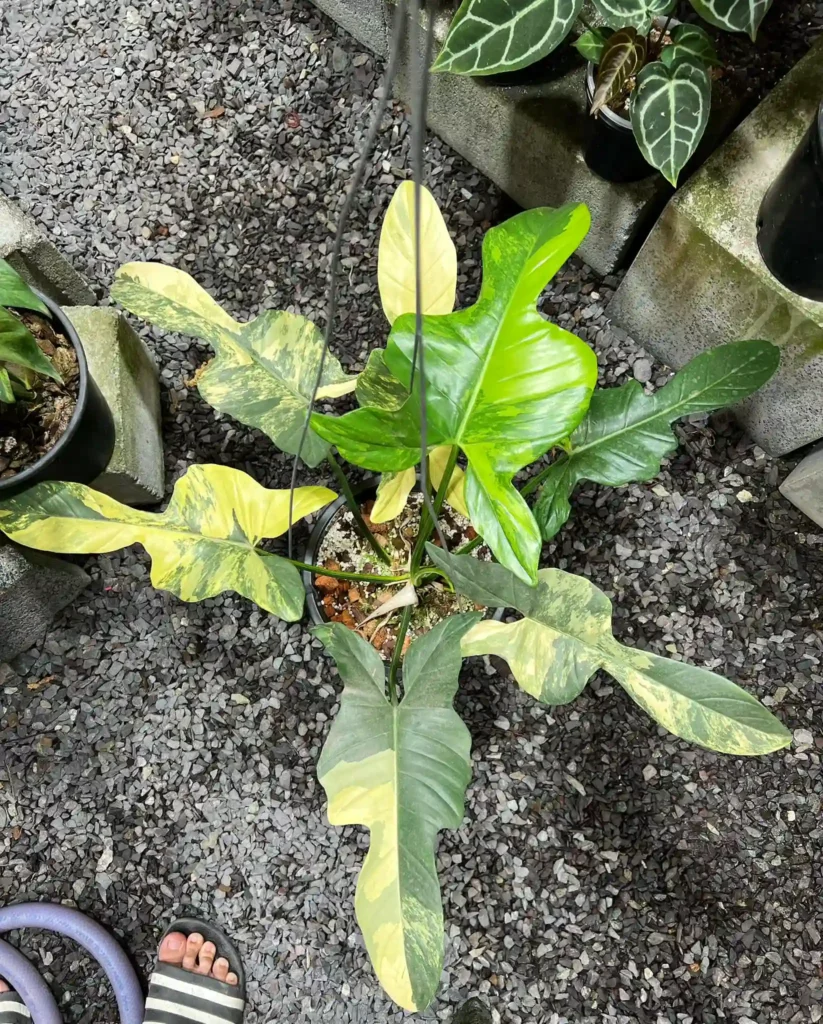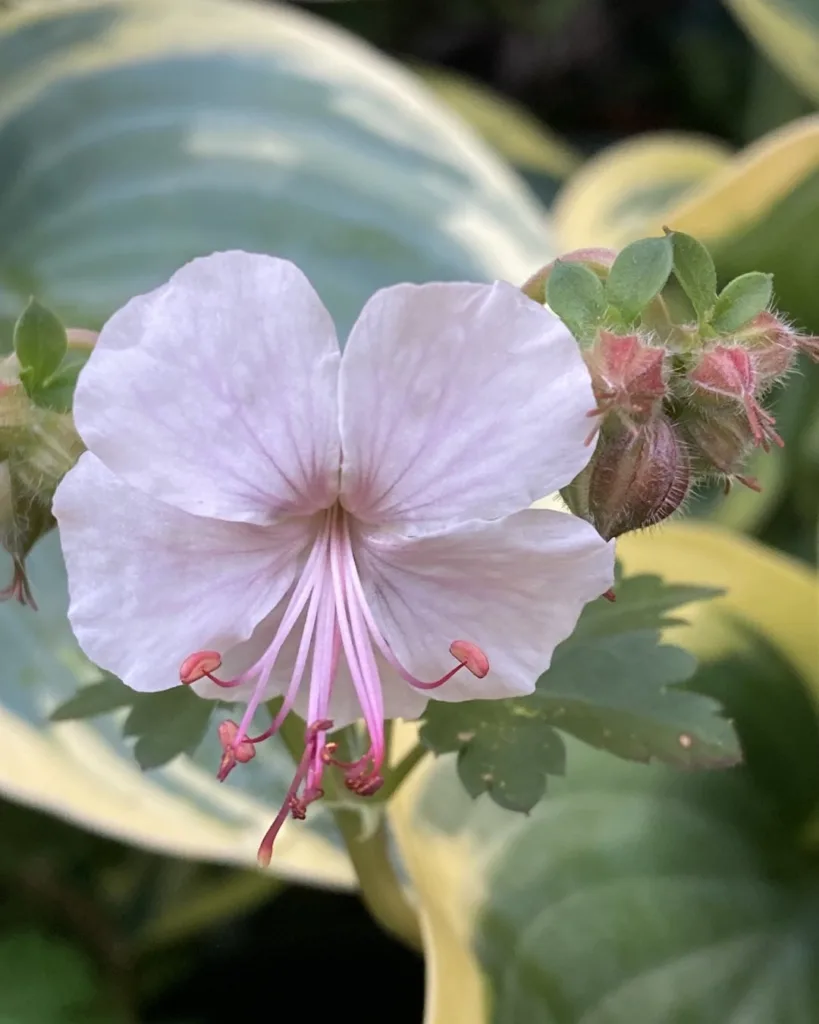FAQs About Alcantarea Imperialis
Alcantarea Imperialis, often referred to as the Imperial Alcantarea, is a striking bromeliad that captures attention with its grand foliage and impressive size. As a passionate plant enthusiast, I’ve come across numerous questions about caring for this magnificent plant. Here, I’ll dive into some of the most frequently asked questions to help you better understand how to grow and maintain this beauty.
What Is Alcantarea Imperialis?
Alcantarea Imperialis is a type of bromeliad native to Brazil. It belongs to the Bromeliaceae family and is renowned for its large, rosette-shaped leaves that can grow up to 5 feet long. The plant produces stunning, colorful inflorescences that can reach up to 12 feet in height, making it a standout in any garden or indoor space.
Plant Family: 79 Genera in Bromeliaceae – The Bromeliads
How to Care for Alcantarea Imperialis?
Caring for Alcantarea Imperialis involves a few key factors. This plant thrives in bright, indirect light but can tolerate some direct sunlight. It prefers well-draining soil; a mix designed for bromeliads or cacti works well. Regularly check for pests and diseases, and prune any dead or damaged leaves to keep the plant healthy.
How to Water Alcantarea Imperialis Rubra?
Watering Alcantarea Imperialis Rubra requires a bit of attention. This variety, with its reddish hues, follows similar watering guidelines to other Alcantarea species. The plant prefers to be watered at the base rather than from above. Allow the soil to dry out between waterings, but never let it become completely dry. During the growing season, which is typically spring and summer, water more frequently. In winter, reduce the frequency to prevent root rot.
How to Propagate Alcantarea Imperialis?
Propagation of Alcantarea Imperialis is usually done through offsets or pups that grow around the base of the plant. These pups can be gently separated from the main plant once they are a reasonable size, typically when they have a few roots of their own. Plant them in a separate pot with well-draining soil and water sparingly until they establish themselves.
Can You Grow Alcantarea Imperialis Indoors?
Yes, you can grow Alcantarea Imperialis indoors, provided you have a suitable environment. Indoor conditions should mimic its natural habitat: bright, indirect light and high humidity. Ensure the plant has enough space to grow, as it can become quite large. Regular misting and placing the plant on a pebble tray filled with water can help maintain humidity levels.
What to Plant with Alcantarea Imperialis?
When pairing Alcantarea Imperialis with other plants, consider its size and light requirements. It works well with other tropical plants like Bird of Paradise or large ferns. For a striking contrast, try combining it with plants that have contrasting foliage textures and colors, such as Crotons or Dracaenas.
Is Alcantarea Imperialis Toxic?
Alcantarea Imperialis is generally considered non-toxic to humans and pets. However, it’s always a good idea to keep an eye on your pets to ensure they do not chew on the plant, as even non-toxic plants can cause digestive upset if ingested in large amounts.
Benefits of Alcantarea Imperialis
The main benefits of Alcantarea Imperialis include its dramatic aesthetic appeal and its air-purifying qualities. Its large leaves can absorb pollutants from the air, making it a beneficial addition to indoor spaces. Additionally, it can serve as a focal point in garden landscapes due to its size and striking appearance.
Common Problems with Alcantarea Imperialis
Common issues with Alcantarea Imperialis include overwatering, which can lead to root rot, and pest infestations such as spider mites and mealybugs. Ensure good air circulation around the plant and avoid waterlogged soil to prevent these problems. Regularly inspect the plant for signs of pests and treat any infestations promptly.
Compare with Other Bromeliads
When comparing Alcantarea Imperialis to other bromeliads like Aechmea Blue Rain or Guzmania, the primary differences lie in their size and growth habits. Alcantarea Imperialis is much larger, with its grand rosettes and tall flower spikes, while Aechmea and Guzmania are generally smaller and more compact. Each has its unique appeal, so choosing one depends on your space and design preferences.
Conclusion
Alcantarea Imperialis is a majestic plant that, when given the right care, can become a stunning centerpiece in any setting. From understanding how to water it properly to knowing how to handle common problems, this guide should provide a solid foundation for successfully growing and enjoying your Imperial Alcantarea.
If i die, water my plants!



